Q1: What is the etymology (origin & history) of the world photography?
A: Writing with light

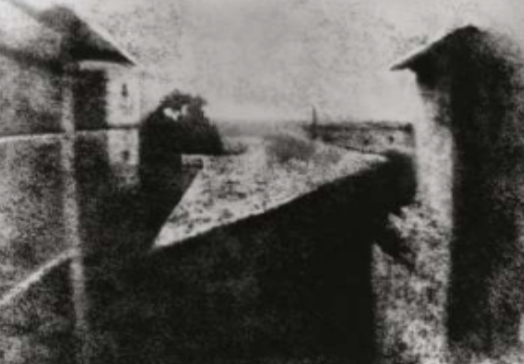
Q2: What year was the first photograph made in camera?
A:1826 ( Joseph Nicephore Niepce)

Q3) When did the first photograph of a human appear?
A: 1838 (Louis-Jacques-Mande Daguerre
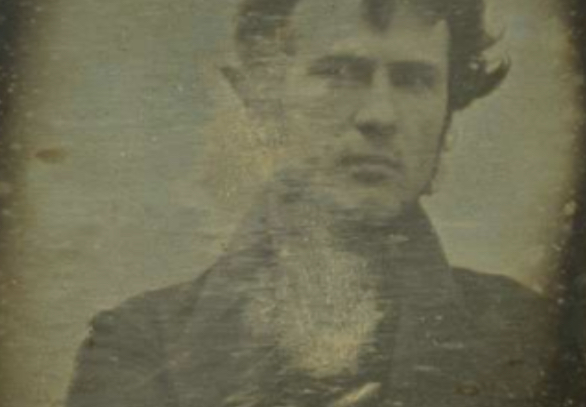
Q4: Who made the first ‘selfie’?
A: Robert Cornelius (1839)

Q5: When did the first colour photograph appear?
A: 1861 (James Clerk Maxwell)

Q6: What do mean by the word genre?
A: A style or category of art

Q7: What do we mean by the genre of still-life?
A: An image that shows inanimate objects from the natural or man- made world

Q8: What was the main purpose of the Pictorialist movement?
A: To affirm photography as an art form.
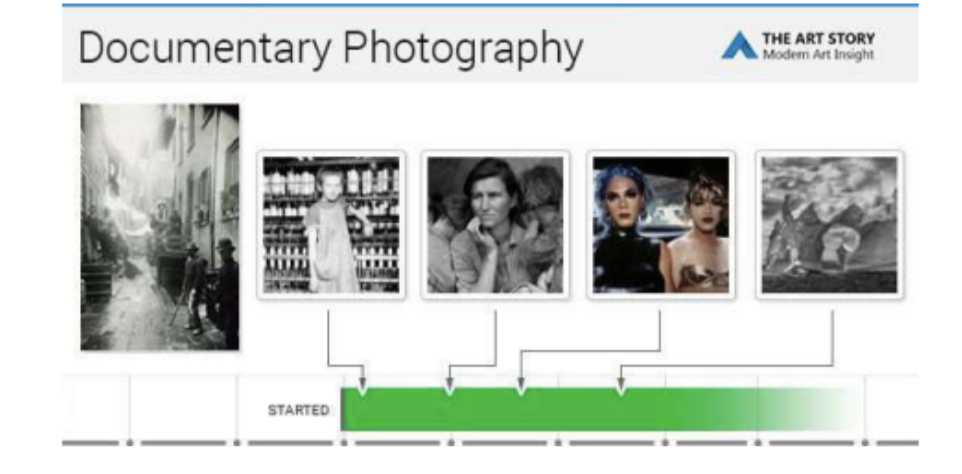
Q9: How do we describe the term documentary photography?
A: Captures images that truthfully portray people, places and events.

Q10: What is exposure in photography?
A: The amount of light that reaches your cameras sensor
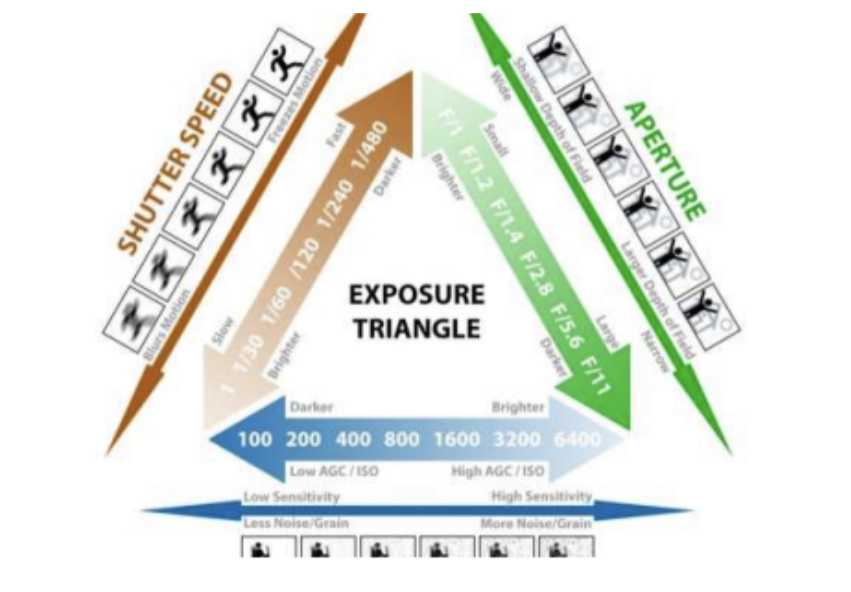
Q11: What controls exposure on your camera?
A: Aperture, shutter speed, ISO

Q12: What control on our camera records moving objects?
A: Shutter
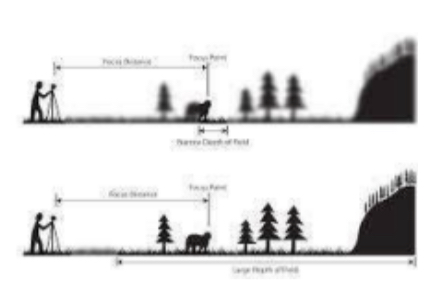
Q13: How do we explain depth of field?
A: How much of your image is in focus

Q14: What factors affect Depth of Field?
A: Lens aperture, distance from camera to subject, and lens focal length.

Q15: What is composition in photography?
A: The arrangement of visual elements within the frame.
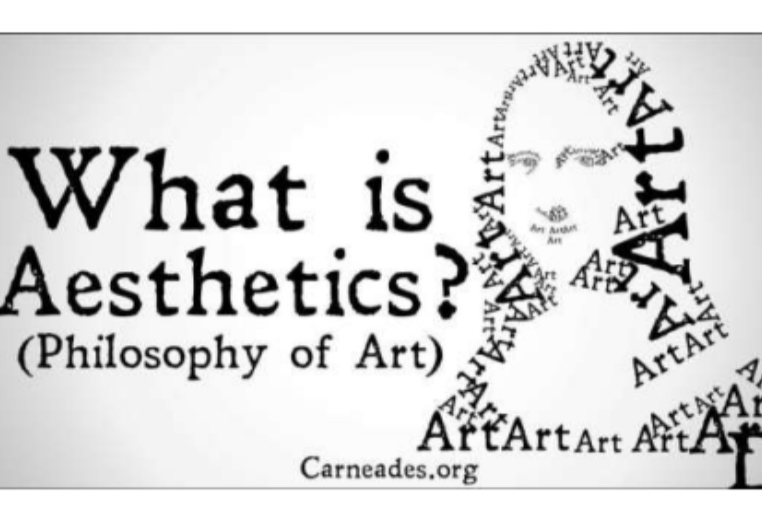
Q16: What is your understanding of aesthetics in art?
A: Concerned with the nature of beauty and taste.
B: It is subjective and in the eye of the beholder.
C: Aesthetic qualities refer to the way and artwork looks and feels.
D: Making a critical judgement based on observation and understanding.
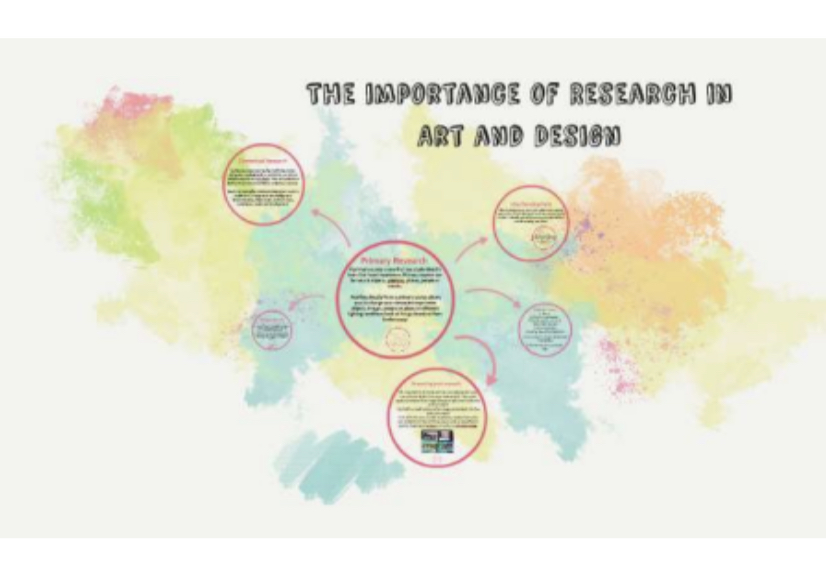
Q17: What are contextual studies in photography?
A: To provide historical, cultural and theoretical understanding of images.
Consider factors outside of the image, as well as inside the frame.

Q18: How many images are captured on average every day world wide?
A: 4.7 billion
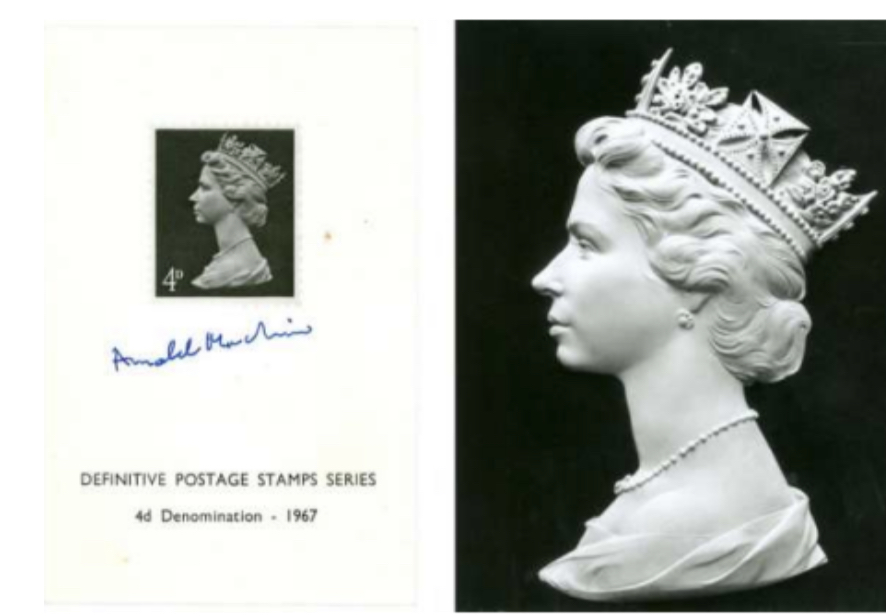
Q19: Which portrait is the most reproduced in the world?
A: The Queen (Elizabeth II)
